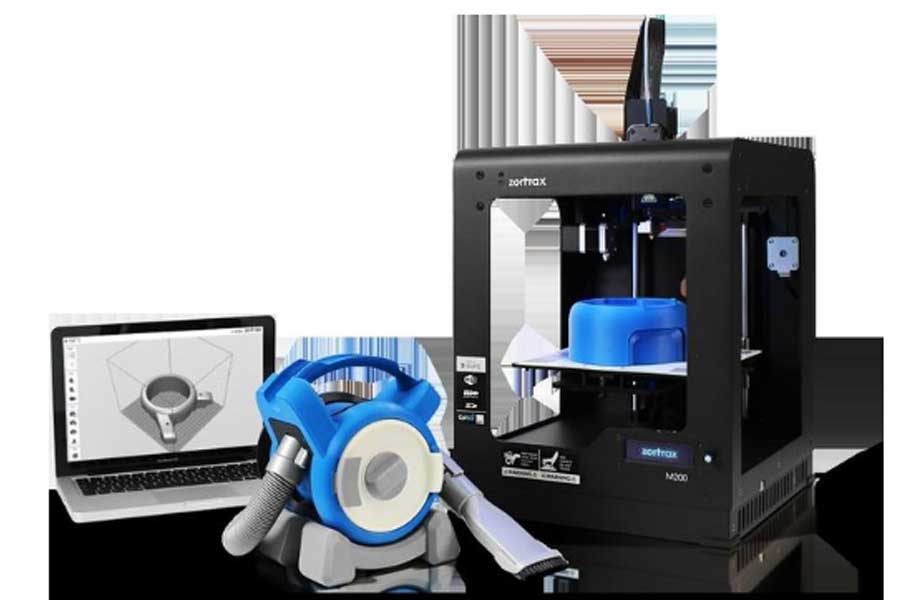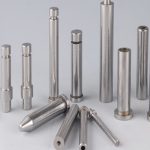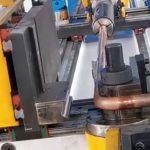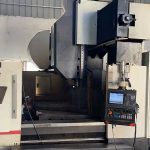3D printer, a kind of rapid prototyping technology, is based on a digital model file, using powdered metal or plastic and other bondable materials to construct objects by layer-by-layer printing. In the past, it was often used to make models in the fields of mold manufacturing, industrial design, etc. Now it is gradually being used in the direct manufacturing of some products, which means that this technology is becoming popular.
Technical principle of 3D printer:
3D printer 3D printer, also known as three-dimensional printer, is a kind of cumulative manufacturing technology, that is, a kind of machine of rapid prototyping technology. It is based on a digital model file and uses special wax materials, powdered metals or plastics and other bondable materials. , By printing layers of adhesive materials to create three-dimensional objects. At this stage, 3D printers are used to manufacture products. The technique of constructing objects by printing layer by layer. The principle of a 3D printer is to put data and raw materials into the 3D printer, and the machine will build the product layer by layer according to the procedure.
There are many forms of 3D printer stacking thin layers. The biggest difference between a 3D printer and a traditional printer is that the “ink” it uses is a real raw material. There are many forms of stacking thin layers, and the types of media that can be used for printing are diverse, from a wide range of plastics to metals, ceramics and rubber. Class substance. Some printers can also combine different media to make the printed object hard on one end and soft on the other.
1. Some 3D printers use the “inkjet” method. Even if the printer nozzle is used to spray a very thin layer of liquid plastic material on the mold tray, the coating is then placed under ultraviolet light for treatment. Then the mold tray is lowered a very small distance for the next layer to be stacked.
2. Others use a technology called “fusion molding”. The entire process is to melt the plastic in the nozzle, and then form a thin layer by depositing plastic fibers.

3. There are also some systems that use a technology called “laser sintering” to use powder particles as the printing medium. The powder particles are sprayed on the mold tray to form an extremely thin layer of powder, which is melted into a specified shape, and then cured by the sprayed liquid adhesive.
4. Some use the flow of electrons in a vacuum to melt the powder particles. When encountering complex structures containing holes and cantilevers, gelling agents or other substances need to be added to the medium to provide support or to occupy space. This part of the powder will not be melted, and finally only need to wash off the support with water or air flow to form pores.
Features of 3D printer:
3D printer 3D printing has brought a worldwide manufacturing revolution. In the past, component design was completely dependent on whether the production process can be realized. The emergence of 3D printers will subvert this production idea, which makes companies no longer produce components. Considering the production process, any complex shape design can be realized by a 3D printer.
3D printing does not require machining or molds, and can directly generate objects of any shape from computer graphics data, which greatly shortens the production cycle of products and improves productivity. Although it still needs to be improved, the market potential of 3D printing technology is huge, and it is bound to become one of the many breakthrough technologies in the future manufacturing industry.
3D printing allows people to buy such printers in some electronics stores, and factories are also selling them directly. Scientists said that the scope of use of 3D printers is still very limited, but someday people will be able to print more practical objects through 3D printers.
3D printing technology is very important to NASA’s space exploration missions. More than 30% of the existing spare parts of the International Space Station can be manufactured by this 3D printer. This equipment will use polymers and other materials to manufacture items layer by layer using extrusion incremental manufacturing technology. The 3D printing experiment is one of NASA’s key research projects in the future. 3D printing parts and tools will enhance the reliability and safety of space missions. At the same time, it can reduce the cost of space missions because it does not have to be transported from the earth.
Link to this article: Technical principles and characteristics of 3D printers
Reprint Statement: If there are no special instructions, all articles on this site are original. Please indicate the source for reprinting:https://www.cncmachiningptj.com/,thanks!
 Sheet metal, beryllium, carbon steel, magnesium, 3D printing, precision CNC machining services for heavy equipment, construction, agriculture and hydraulic industries. Suitable for plastics and rare alloys machining. It can turn parts up to 15.7 inches in diameter. Processes include swiss machining,broaching, turning, milling, boring and threading. It also provides metal polishing, painting, surface grinding and shaft straightening services. The production range(include Aluminum die casting and zinc die casting) is up to 50,000 pieces. Suitable for screw, coupling, bearing, pump, gearbox housing, drum dryer and rotary feed valve applications.PTJ will strategize with you to provide the most cost-effective services to help you reach your target,Welcome to Contact us ( [email protected] ) directly for your new project.
Sheet metal, beryllium, carbon steel, magnesium, 3D printing, precision CNC machining services for heavy equipment, construction, agriculture and hydraulic industries. Suitable for plastics and rare alloys machining. It can turn parts up to 15.7 inches in diameter. Processes include swiss machining,broaching, turning, milling, boring and threading. It also provides metal polishing, painting, surface grinding and shaft straightening services. The production range(include Aluminum die casting and zinc die casting) is up to 50,000 pieces. Suitable for screw, coupling, bearing, pump, gearbox housing, drum dryer and rotary feed valve applications.PTJ will strategize with you to provide the most cost-effective services to help you reach your target,Welcome to Contact us ( [email protected] ) directly for your new project.
Link to this article:Technical principles and characteristics of 3D printers
Reprint Statement: If there are no special instructions, all articles on this site are original. Please indicate the source for reprinting:Alloy Wiki,thanks!^^







